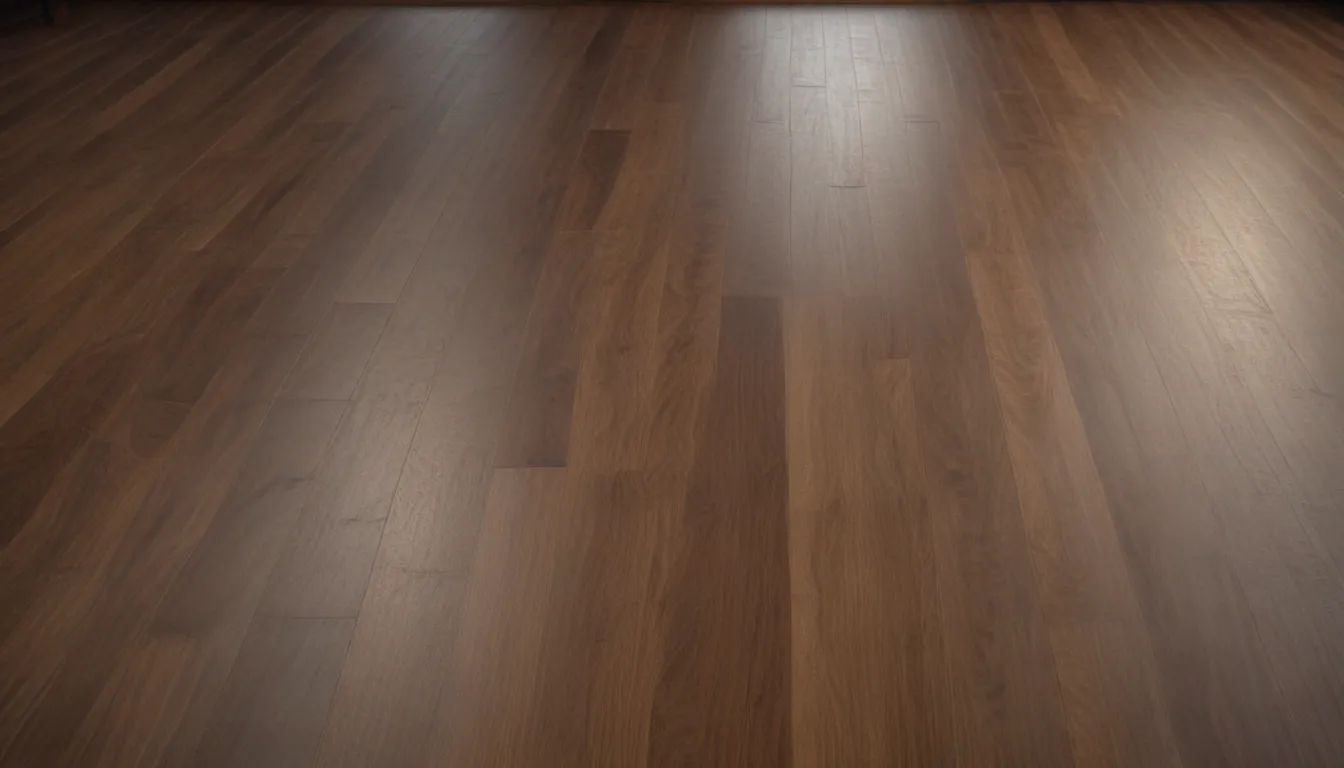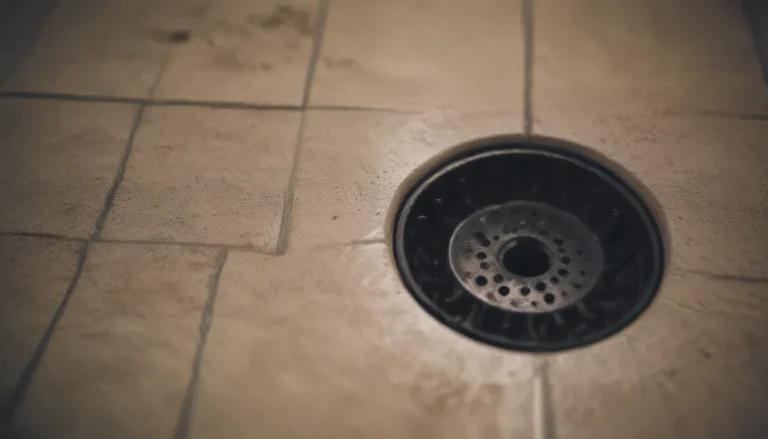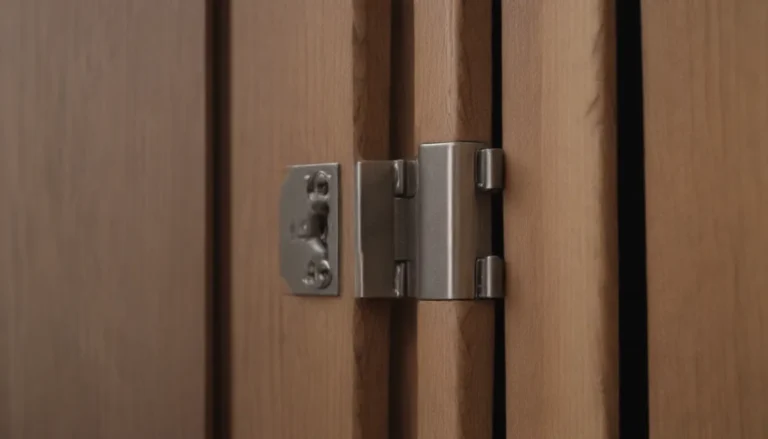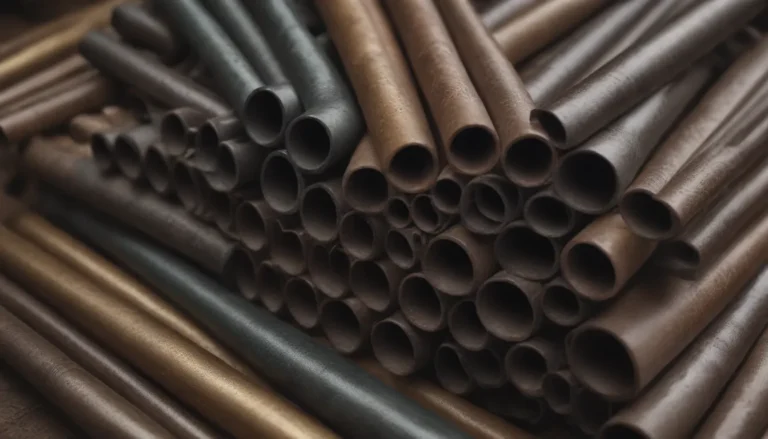Achieving Seamless Tile-to-Wood Floor Transitions

Are you faced with the challenge of installing a tile floor next to a wood floor in your home? If so, you may be wondering how to address the height difference between the two surfaces. Luckily, transition strips offer a practical solution to seamlessly connect different types of flooring. In this comprehensive guide, we will explore the ins and outs of transition strips, why tile often presents height issues, how these strips work, and the various types available to meet your specific needs.
Understanding Transition Strips
Transition strips, whether made of metal, wood, or plastic, serve as a bridge between two dissimilar floor coverings. These strips act as a ramp, smoothly transitioning from a higher to a lower floor level. In an ideal scenario, floor coverings would flow seamlessly from room to room without interruptions or gaps. However, in reality, homes often feature a mix of flooring materials installed at different times for various reasons, leading to height variations between surfaces.
Tiles, whether porcelain, ceramic, marble, or other materials, require multiple substrate layers for installation. On the other hand, wood flooring, including laminate, offers a more predictable and uniform surface due to the nature of its construction. As a result, tile floors often end up higher than adjoining wood floors, necessitating the need for transition strips to bridge the gap.
Why Tile Often Has Height Issues
The height discrepancy between tile and wood flooring can be attributed to the distinct installation requirements of each material. Tile flooring demands additional layers such as mortar beds, which may result in varying thicknesses, especially if the installation was done by an inexperienced individual. In contrast, wood flooring relies on subflooring, underlayment, and the wood itself to create a consistent level surface.
How Transition Strips Function
Transition strips offer a simple and effective solution to address height differences between tile and wood floors. These strips, typically crafted from wood or lightweight aluminum, can be easily customized to fit the gap using common tools like a miter saw or hacksaw. Installation is straightforward, requiring minimal equipment such as nails, screws, and a saw. Keep in mind to handle transition strips carefully to avoid denting the aluminum material, which could impact their seamless placement.
Pros and Cons of Transition Strips
Transition strips come with their set of advantages and limitations, making them a convenient yet imperfect solution for floor height discrepancies. Let’s explore some key points to consider:
Pros:
- Easy fix for height difference
- Quick installation
- Neutral transition material
- Customizable to fit specific transitions
Cons:
- Potential tripping hazard
- Audible noise when walked on
- May not seamlessly match surrounding flooring
While transition strips provide a quick and cost-effective fix for uneven floors, they may pose some challenges in terms of aesthetics and functionality. Understanding the pros and cons can help you make an informed decision when selecting the right transition strip for your space.
Tip: Custom transition strips offer a tailored solution for covering large or small transitions between flooring types, ensuring a seamless transition.
Types of Transition Strips
Transition strips come in various styles to accommodate different flooring transitions. Here are some common types you may encounter:
Full Saddle vs. Half Saddle Transitions
- Full saddle transitions: Designed for bridging between two equal levels of flooring.
- Half saddle transitions: Intended for scenarios where one level is higher than the adjacent level.
Whether you opt for a full or half saddle transition strip depends on the specific height difference between your tile and wood floors. Selecting the appropriate type ensures a smooth transition without compromising functionality or aesthetics.
Flush Transitions
For a more polished look, flush tile transition strips offer a seamless and attractive solution. While these transitions require precise installation, they provide a clean and uninterrupted surface between flooring types. Flush transitions work best when both surfaces have straight, parallel edges, enhancing the overall visual appeal of your transitions.
Hardwood Transition Strips
If you’re looking to transition from a lower hardwood floor to a higher tile floor, a hardwood transition strip is the ideal choice. This strip can either meet the tile floor directly or feature a lip-over design to seamlessly connect the two surfaces while maintaining a cohesive look.
Stone-to-Hardwood Transition Strips
For transitions between stone and hardwood floors, marble or granite transition strips paired with hardwood trim pieces offer a sophisticated solution. These strips blend the elegance of natural stone with the warmth of hardwood, creating a seamless transition between contrasting flooring materials.
In conclusion, transition strips play a vital role in achieving seamless tile-to-wood floor transitions. By understanding their purpose, functionality, and various types available, you can select the right transition strip to enhance the aesthetics and functionality of your space. Remember to consider the specific height difference between your floors and choose a transition strip that aligns with your design preferences and practical needs.
Embrace the versatility and convenience of transition strips to create a cohesive and harmonious transition between tile and wood floors in your home. With the right transition strip, you can seamlessly blend different flooring materials while maintaining a polished and unified look throughout your living space.





